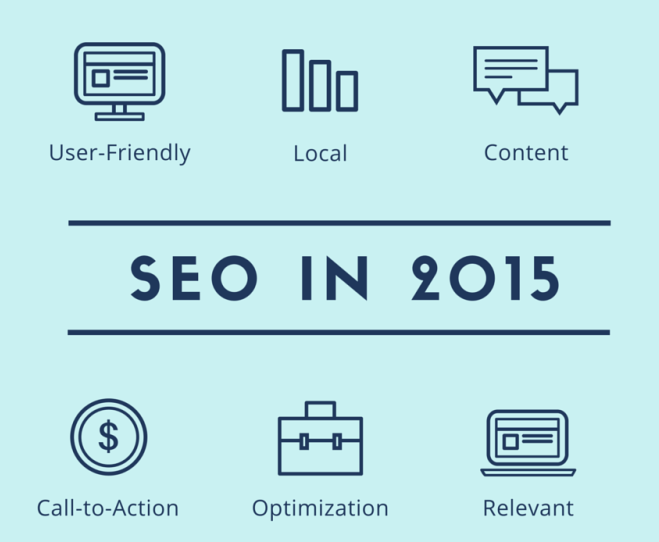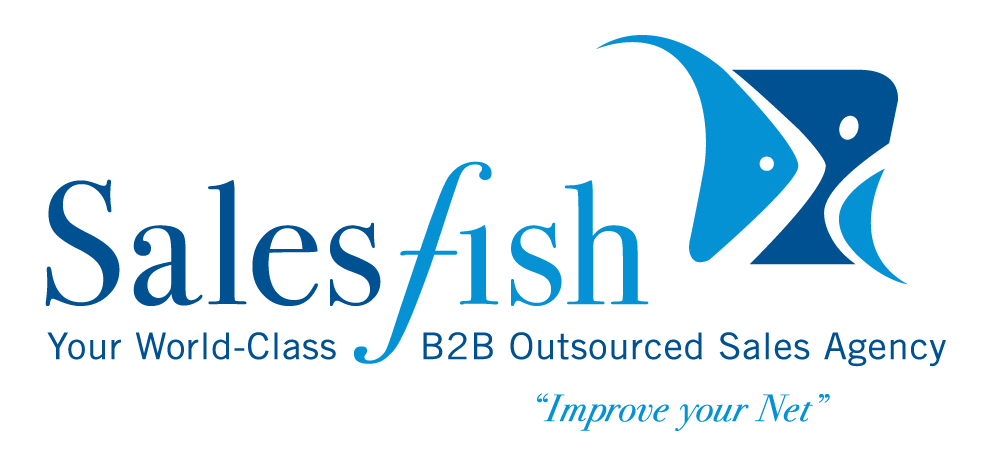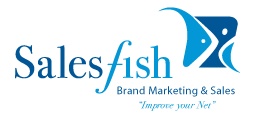 Welcome to SalesFish Brand Marketing & Sales, the most strategically biased B2B Marketing Agency, telemarketing services, telemarketing companies (sales agency) and digital marketing companies, serving Orange County, Los Angeles, San Jose, Sacramento and the Pacific Northwest (Bend, Portland, Seattle). We gladly serve California and all 50 United States!
Welcome to SalesFish Brand Marketing & Sales, the most strategically biased B2B Marketing Agency, telemarketing services, telemarketing companies (sales agency) and digital marketing companies, serving Orange County, Los Angeles, San Jose, Sacramento and the Pacific Northwest (Bend, Portland, Seattle). We gladly serve California and all 50 United States!
The last few years have seen huge changes in the Google algorithms. To summarize very briefly a couple of the most notable changes; spammy back-linking practices are no longer effective, nor is keyword stuffing or low quality content.
However, on-page SEO has actually changed relatively little. See, the point of on-page SEO is to create an experience that is user friendly. Google wants your pages to be easily scannable for the reader, and your content to be engaging enough to keep them on the site.
How fast is your site speed? Users expect your site to load very quickly. In fact, low speed times are often correlated with low conversation or retention rates. Check out some tips over at Moz for optimizing your site speed.
Are your title tags effective? Your title tags need to be short, straightforward and user friendly. Ideally you want to strive for 50-60 characters – the Google SERPS will only show the first 60.
Have you considered your meta-descriptions? This is what will come up as the description under your websites title tag when you are viewed in the SERPs. Focus on latent semantic indexing (LSI) for your primary keyword as opposed to old style keyword stuffing techniques. You only have about 160 characters to get your point across anyway so make it clear. Much like with the title tags, keep it simple, descriptive and easy to follow.
Is your content optimized?
- Keep it interesting, in-depth and written with the user in mind
- Keep it shareable
- Use effective subheadings
- Top performing posts in the Google SERPs are usually between 1500 and 2000 words
- Integrate a table of contents via a plugin such as this one
- Interlink to other pages on your site
Have you used proper header tags? You need to use the H1 tag (only once) and make sure it includes your keyword and is before any H2,H3 or H4 tags that you will use later on to highlight any important points or sub-headings. Don’t repeat any H2 or H3 tags too often as this can be considered a detrimental SEO practice.
Have you included an appropriate keyword density? Matt Cutts suggests that a keyword density of around 1.5% is what you should be striving for. Ensure the main keyword comes up early in the first paragraph as well as in the last paragraph and mix it in with some LSI keywords.
Have you included a call to action at the end of the post? An effective page should hold the readers hand from top to bottom. What this also means, and what is often forgotten, is that you should then direct the reader at the end of the page with a call to action; whether this is a contact us form or an opt-in button – make is clear and user-friendly.
On-site SEO is, unlikely offsite SEO, completely in your hands. This should underpin its importance to you and your brand. With these points in mind you should have all the initial bases covered and be on your way to having optimized onsite SEO pages.
Stay tuned for more relevant content on creating world-class digital marketing strategies and B2B telemarketing sales strategies. We at SalesFish Brand Marketing & Sales thank you for joining us in our commitment to unwavering strategic planning, B2B brand marketing and B2B sales execution.
Call today and our “high-touch” dedicated team will assist you in assessing your strategic sales goals to tailor our marketing and sales tactics to your specific needs.
SalesFish Net of Sales Services:
- B2B Direct Sales, Channel Sales and Marketing Strategies
- On-Site B2B Presentation, Negotiation and Sales
- B2B Telemarketing and B2B Telesales Services
- Cold Calls and Appointment Setting
- Online Presentations and Webinars
- Product Awareness and Announcement Calls
- Primary Research: Quantitative and Qualitative Surveys
- Experiential Event Marketing
- Pre and Post-Event Calls
- Audience Acquisition, Exhibit Sales and Sponsorship Sales

